Subscribe today to receive the next issue of Game Informer, featuring the Most Anticipated Games of 2026!
The Incredible Swan Songs Of The Wii, PS3, And Xbox 360 Generation
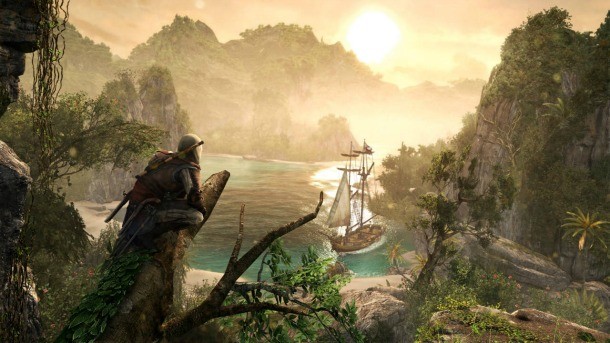
The last generation of consoles might have been the strongest yet. We not only got amazing games at retail with far grander ambitions than ever before, but we also saw online marketplaces emerge to give us even more variety and instant access to games new and old. As usual, the end of a generation brought about some of the best titles to grace the systems. Many are masterpieces that represent all of the experience and knowledge gained during the generation, while others tried something new and different. Since the generation ended at different times for each console, and is arguably not over yet for the Xbox 360 and PS3, there is a wide spread of years represented. Continue reading to see our picks for the swan songs of the Wii, PS3, and Xbox 360 generation.
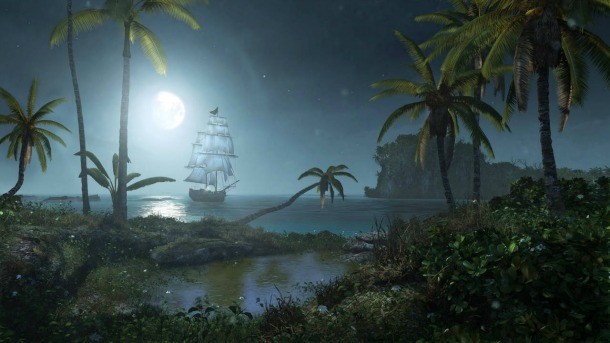
Assassin’s Creed IV Black Flag
The Assassin’s Creed series was one of the biggest new franchises born on the PlayStation 3 and Xbox 360 and Black Flag was one of its best entries. Assassin’s Creed began with an entry set during the third crusades and focused primarily on taking out your targets, but with each new entry the series dramatically increased in scope and complexity as it guided us through their alternate version of history. Black Flag greatly expanded on the boat mechanics first seen in Assassin’s Creed III to capture the heart of the golden age of piracy. As Edward Kenway, you guide your crew through the Caribbean and engage in naval warfare to board and loot other ships all while your crew belts out sea shanties. The map size was extraordinary and filled with fun activities like hunting and harpooning, deep sea-diving for treasure, and the four legendary ship battles. The formula established in Black Flag was enough to power one more game with Rogue, but Black Flag truly made the final impact before the series moved on to the next generation.
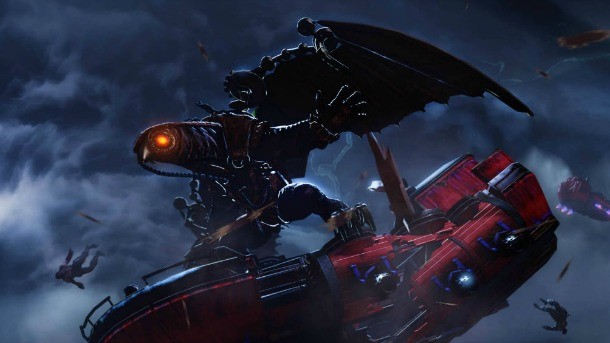
The original BioShock was one of the generation’s earliest definitive games, so fans were eager to see how the follow-up would turn out years later. BioShock Infinite moved away from the underwater city of Rapture and instead introduced us to Columbia, a floating city in the sky that promoted American exceptionalism. The gripping story saw protagonist Booker DeWitt grappling with his own dark past as he tried to get a young woman named Elizabeth out of the city. The scope of their adventure together broadened as time travel and parallel worlds were introduced. Most improved from the first game was the mix of gunplay and the magic powers granted by the vigors. By equipping different accessories, Booker could gain access to different abilities that would allow him unique approaches to combat. Even if it lacked some of the impact of the first game, BioShock Infinite was well-paced throughout and provided an engaging thrill ride from beginning to end.
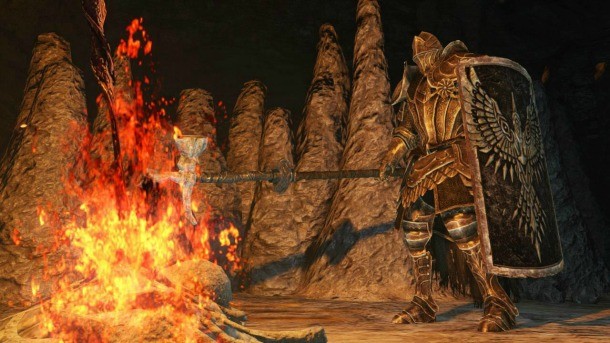
As the generation progressed, a growing segment of players expressed dissatisfaction with the way modern games stopped trusting players by bombarding them with tutorials and streamlining gameplay to take out the challenge. From Software’s Demon’s Souls and Dark Souls games more than answered these players’ frustrations by forcing them to learn all of their demanding systems, enemies, and traps to stand triumphant. Dark Souls II is in many ways the most refined of the Souls games. It never backs away from the challenge its fans crave, but it also doesn’t mind easing in new players by presenting a more cohesive home base and adding more transparency to how the systems work. In this manner, new players can focus on conquering each level and the challenges it presents rather than having to also struggle with obscured game systems at the same time.
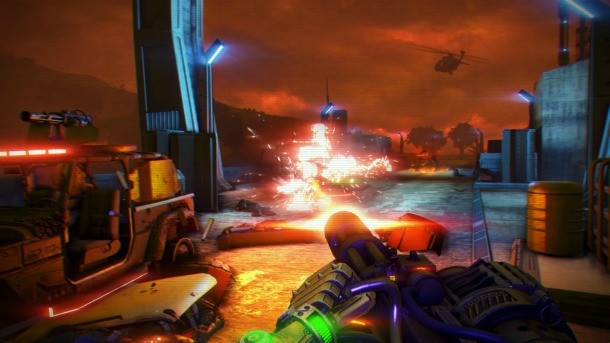
If you remember the early days of Xbox Live Arcade, the most advanced games on the marketplace were limited in size to 50 MB. By the end of the generation though, both XBLA and PSN were host to a wide assortment of indie games and even some mini triple-A titles. Far Cry 3: Blood Dragon was one of the best examples of how far downloadable games had come on both platforms. Announced merely a month prior— on April Fool’s Day no less – Blood Dragon follows Sergeant Rex Power Colt as he journeys to battle his former commander, Colonel Sloan, who was building a cyborg army and breeding the titular Blood Dragons. While it was smaller than Far Cry 3, Blood Dragon carved out its own identity in channeling the spirit of ‘80s action movies and drenching the world with bright neon colors. The main campaign offered greater thrills and shootouts than Far Cry 3 while the side missions encouraged you to approach objectives from any angle. Most importantly, though, was its sense of humor which shone through in the writing and the 8-bit Ninja Gaiden inspired cutscenes.
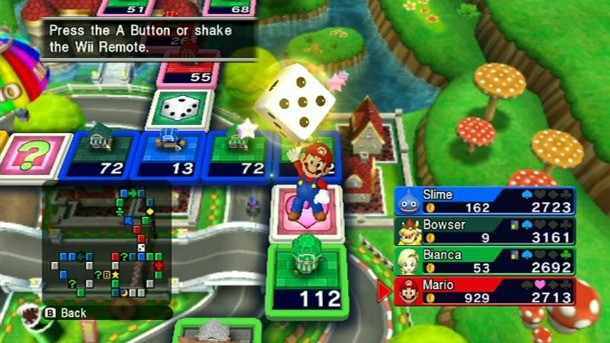
The Wii had a legacy of great party games including Wii Sports, Super Smash Bros Brawl, and Mario Kart Wii. Fortune Street was one of the final releases for the system and brought Mario and Dragon Quest characters together to play a board game that functioned like Monopoly with the stock market. Fortune Street is the exact opposite of Mario Party because of the skill and strategy involved in investing and managing your stock portfolio. Even if you don’t own the best properties, by investing in stock you could profit off of others’ investments which mitigated the occasional unlucky dice roll. While that may sound complicated, the game handled all the math and calculations and surfaced the relevant statistics needed to focus on your strategy. If you are a competitive person and have competitive friends, you’d quickly discover why Fortune Street was one of the best final games for the Wii.
Keep reading for GTA V, The Last of Us, Zelda Skyward Sword, and more…
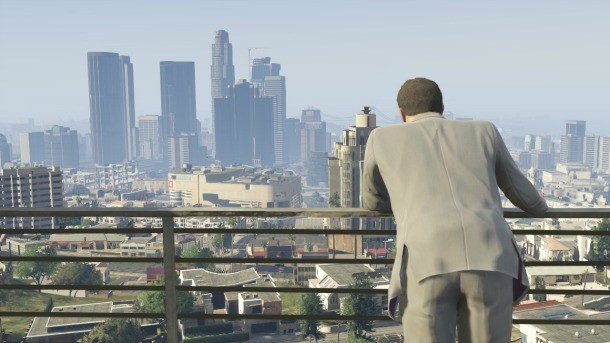
If there was one game that truly did close out the generation, it would have to be Grand Theft Auto V. Within three days of its release, GTA V made over a billion dollars in revenue and by the end of 2014 over 45 million copies had been shipped to retailers. While its sales figures and reach are incredibly impressive, it was the astounding scope and quality of GTA V that was most important in establishing its legacy. Los Santos and the surrounding countryside are expansive and Rockstar did an incredible job of replicating the feel of Southern California. It’s the hundreds of little details, many so obscure you’ll never notice, that go the extra mile in fully fleshing out the world and its inhabitants. The gameplay was tightened up considerably between GTA IV and V which makes it all the more fun to cause havoc with each of the three playable characters. Even though it released over a year and a half ago, GTA V is still expanding as it recently introduced online heists to tackle with your friends.
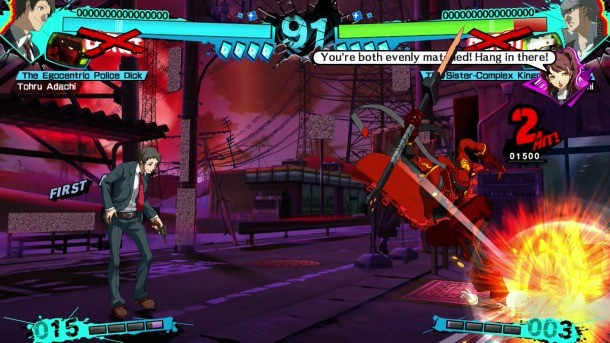
Many of the absolute best fighting games of the generation arrived in 2014 including Guilty Gear Xrd, Ultra Street Fighter IV, and my personal favorite BlazBlue Chronophantasma, to name a few. Persona 4 Arena Ultimax is one of those amazing fighting games and is indicative of how much fighting games had evolved since the generation began. Ultimax tightened up the gameplay balance considerably and expanded the roster with nine new characters in addition to the new shadow versions of the main cast. Not only did its ambitious visual novel story mode better develop characters like Rise and Adachi, it also managed to meaningfully link the two casts together and provide a strong epilogue for the Persona 3 characters. Ultimax had a full suite of offline and online modes including the brand new Golden Arena mode that introduced RPG elements in between matches. While the fighting game genre continues on the PS3 with the recent Under Night In-Birth Exe:Late and the upcoming Degeki Bunko Fighting Climax, Persona 4 Arena Ultimax was a good send-off for the genre on both the PS3 and Xbox 360.
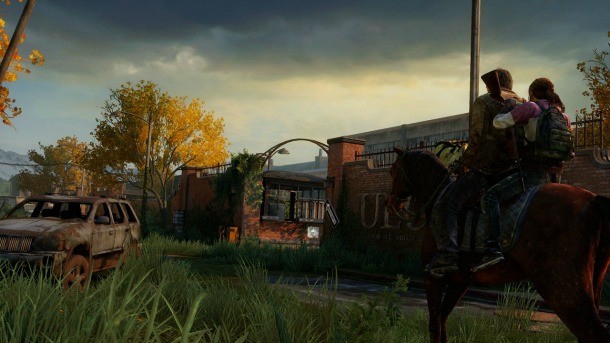
Naughty Dog had already established its reputation as one of the best developers of the last generation with the entire Uncharted trilogy and continued to impress with its grim masterpiece, The Last of Us. After a shocking opening sequence, the story follows Joel, a grizzled survivor guiding a young girl named Ellie across the country who might be able to create a cure for the fungal infection that has devastated humanity. Naughty Dog used all of its experience working on the PS3 to tell its story and capture the beauty of a world being reclaimed by nature. One of the most important factors in conveying the story was the strong actors who expertly brought to life their characters not just with their words and actions, but with their facial expressions and the words left unsaid. While the story was certainly a driving force in The Last of Us, the combat was solid and encouraged you to stealthy dispatch enemies and avoid encounters to try to conserve ammo. The following year, Naughty Dog expanded the story through the Left Behind DLC which focused on Ellie’s relationship with her best friend Riley and offered greater insight into Ellie.
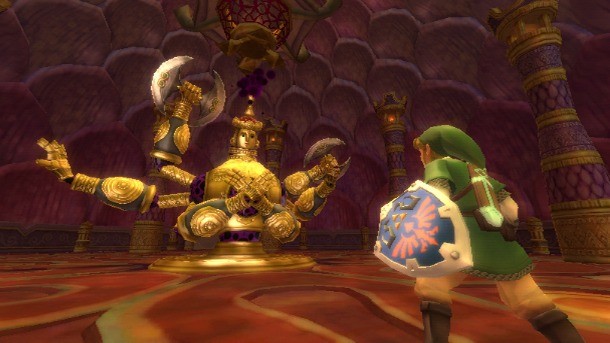
The Legend of Zelda: Skyward Sword
When the Wii promised to bring us motion controls with the Wii Remote, many began dreaming of a sword fighting game that we could fully control. While many tried, it wasn’t until the very end of the Wii’s life that Nintendo graced us with The Legend of Zelda: Skyward Sword. Utilizing the Wii Motion Plus attachment and the knowledge gained from Wii Sports Resort, Nintendo was able to craft an entire adventure around swinging the Wii Remote with accuracy. While swinging your sword was the main attraction that worked wonderfully, especially in the intense boss battles, the Wii Remote was used across the board to enhance how items were controlled whether it was aiming your bow or rolling bombs along the ground. The new motion controls were cleverly applied to puzzles both inside and outside of the dungeons. While the technological achievements were the most impressive feature of the game, the story of Skyward Sword was also a highlight. It traced the origins of the conflict between Link, Zelda, and the evil sent to oppose them and made it relevant by drawing a new relationship between Link and Zelda as childhood friends.
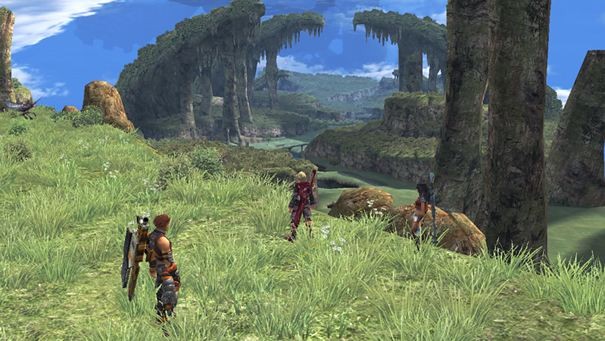
Xenoblade Chronicles was one of the finest JRPG of the generation. America almost missed out on Monolith’s epic adventure, but thanks to fans rallying together Nintendo was convinced to release the RPG in the West. Xenoblade merged together elements of JRPGs and MMOs in its design and featured expansive environments with lots of verticality that you felt compelled to explore. The combat system was based on positioning and managing abilities on cool down as well as enemy aggro. The story, while not the main focus, was well done and featured humanity trying to counterattack the invading robot hordes. The characters who journey alongside you prove themselves endearing as they worked together in combat. Convenient features like fast traveling and the ability to save anywhere made the journey as painless as possible, which was important considering a playthrough could easily last upwards of 80 hours. The tragedy of Xenoblade Chronicles was that so few people got a chance to experience it due to its limited run, but thankfully the game is being ported exclusively to the New 3DS.
What games did you enjoy at the end of the console generation? Be sure to share your thoughts in the comments below!









